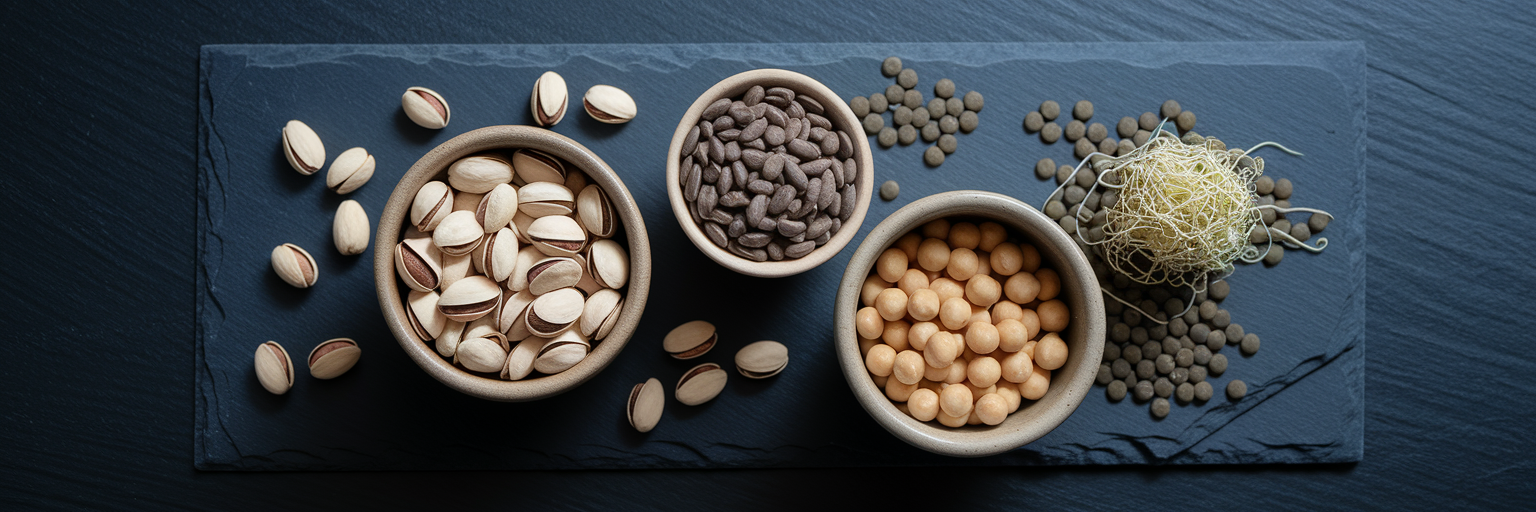Starting Your Plant-Based Protein Journey
The plant-based food market in the U.S. has grown tremendously, with sales hitting $8 billion in 2022. This boom brings endless choices, but it also leaves many of us asking the same question: how do you find a vegan protein that actually works for you?
If you feel a bit lost in the sea of tubs and powders, you're not alone. The goal is simple: you want to build muscle and feel great without the uncomfortable bloating that sometimes comes with plant-based supplements. The good news is that achieving both is entirely possible. This guide is your friendly roadmap to figuring out how to choose vegan protein powder that fits your body and your fitness goals perfectly. Let's break it down, step by step.
Decoding the Main Plant Protein Sources
The first step is understanding what’s actually in the tub. Most vegan proteins are built around three popular sources, each with its own unique personality. Thinking about your primary goal—be it muscle, digestion, or overall wellness—will help you pick a winner.
Pea Protein: The Muscle-Building Powerhouse
If your main focus is building lean muscle, pea protein is likely your best bet. It’s packed with branched-chain amino acids (BCAAs), especially leucine, which is the key amino acid that signals your body to start muscle repair and growth. In fact, data from Innova Market Insights confirms that pea protein is now the leading plant protein in food and beverage products with vegan claims. It has become the go-to for athletes and anyone serious about their strength training.
Brown Rice Protein: The Gentle, Hypoallergenic Choice
For those with sensitive systems, brown rice protein is a wonderfully gentle option. It’s hypoallergenic and known for being easy to digest. While it’s a complete protein, it is a bit lower in the amino acid lysine. This is why you’ll often see it blended with pea protein to create a more robust amino acid profile, giving you the best of both worlds. It’s a solid choice for general health and supplementation.
Hemp Protein: The Wellness-Focused Option
Hemp protein brings more than just protein to the table. It’s rich in healthy fats like omega-3s and is a great source of fiber, which is fantastic for digestive health and overall wellness. When considering pea protein vs hemp protein, pea is more targeted for muscle synthesis, while hemp offers a broader nutritional boost. The trade-off? Hemp can have a grittier texture and a distinct, earthy flavor that might not be for everyone.
| Protein Source | Key Benefit | Best For | Potential Downside |
|---|---|---|---|
| Pea Protein | High in Leucine & BCAAs | Muscle Growth & Recovery | Can have a distinct taste if not flavored well |
| Brown Rice Protein | Hypoallergenic & Easy to Digest | Sensitive Stomachs & General Health | Lower in lysine; best when blended |
| Hemp Protein | Rich in Fiber & Omega-3s | Overall Wellness & Digestive Support | Grittier texture & earthy flavor |
Note: This table summarizes the primary characteristics of each protein source to help guide your initial choice based on your main priority, whether it's muscle synthesis, digestive ease, or overall nutritional benefits. For a deeper look at what makes a quality powder, you can explore some of the best protein powders on the market.
Tips for Happy Digestion and No Bloating

Let’s talk about the elephant in the room: bloating. It’s a common concern, and nothing ruins the post-workout high like digestive discomfort. Often, this isn't because of the protein itself but due to high fiber content or certain ingredients that are tough to break down. The good news is that many brands are now designing formulas specifically to avoid this.
If you're looking for a vegan protein powder no bloating experience, here’s what to keep an eye out for on the label:
- Digestive Enzymes: Look for ingredients like protease and bromelain. These enzymes help your body break down the protein molecules more efficiently, making them easier to absorb and reducing the chance of gas or bloating.
- Probiotics and Prebiotics: A healthy gut is a happy gut. Some powders include probiotics (good bacteria) and prebiotics (food for that bacteria) to support your overall gut microbiome, which can improve digestion over time.
- Smooth, Soluble Powders: Modern processing techniques can create powders that dissolve more easily in water. A less gritty, more soluble powder is often a sign that it will be gentler on your stomach.
Finding a good plant based protein for sensitive stomachs is about looking for these thoughtful additions. Formulas that prioritize both performance and comfort, like our chocolate vegan protein, often include these gut-friendly ingredients to ensure you feel as good as your muscles do.
Matching Protein Powder to Your Fitness Goals
Now that you know the basics of protein sources and digestive aids, you can get strategic. The right protein for you depends on what you’re trying to achieve. Let’s connect the dots between your goals and your powder.
For muscle hypertrophy, you need a protein that effectively triggers muscle protein synthesis. This makes a pea protein isolate or a pea and rice blend the best vegan protein for muscle growth. Their high concentration of leucine acts as the "on" switch for muscle repair. For those serious about maximizing gains, understanding how other supplements work can be beneficial, and you can learn more about creatine benefits here.
If you’re an endurance athlete, recovery is everything. A hemp-based formula could be a great fit. The omega-3 fatty acids can help manage inflammation after long runs or rides, while the fiber provides a source of sustained energy. It’s a choice that supports your body’s overall resilience.
For general wellness or weight management, look for a balanced powder that promotes satiety. A blend with added fiber and digestive enzymes is ideal. The fiber helps you feel full longer, which can help with managing your appetite, and the enzymes ensure you’re absorbing all the valuable nutrients from your shake.
The New Wave of Plant Proteins in 2025

The world of plant protein is constantly innovating, which is great news for all of us. While pea, rice, and hemp are the established players, a new generation of protein sources is emerging, offering exciting new flavors and nutritional profiles.
Keep an eye out for powders made from pistachio, macadamia, and sunflower seeds. These options are not only bringing unique, less earthy tastes to the market but also different micronutrient benefits. This expansion means more opportunities to find a flavor and texture you genuinely enjoy.
Another significant advancement is the use of fermentation. This age-old technique is being applied to plant proteins to make them even more digestible. Fermentation can break down anti-nutrients and reduce the compounds that sometimes cause digestive upset. It also tends to create a smoother, less "plant-y" taste, solving one of the biggest complaints about some vegan powders. These innovations mean your perfect protein might be just around the corner.
Choosing Clean Labels and Great Flavors
Once you’ve picked a protein source, the final step is to become a label detective. The best powders have short, understandable ingredient lists. You want to see real food ingredients, not a long list of fillers, gums, and artificial sweeteners like sucralose or aspartame. Instead, look for natural sweeteners like monk fruit or stevia, which provide a clean taste without the chemicals.
Beyond clean labels, 2025 is all about the flavor revolution. We’re moving past just chocolate and vanilla. According to a report in Vegconomist, botanical flavors like earthy turmeric and fruity cardamom are on the rise, creating more sophisticated and enjoyable protein shakes. These new flavors make it easy to move beyond the shaker bottle and get creative in the kitchen with easy vegan protein recipes.
A practical tip: before you commit to a giant tub of a new flavor, buy a few single-serving packets to test it out. It’s a low-risk way to find a taste you’ll look forward to every day.
Your Quick Checklist for Buying Protein Powder
Feeling more confident? Let’s wrap it all up with a simple checklist to use the next time you’re shopping. This will help you make a smart, quick decision.
- Define Your Goal: Are you focused on muscle mass, endurance and recovery, or general wellness? Your goal determines your ideal protein type.
- Pick Your Protein Base: Choose pea or a pea/rice blend for muscle, hemp for wellness, or one of the new, innovative blends for variety.
- Scan for Gut-Friendly Add-ins: Look for digestive enzymes or probiotics on the label if you have a sensitive stomach.
- Read the Label: Check for a short ingredient list with natural sweeteners and no unnecessary fillers or gums.
Finding the right protein is a personal journey, but with this knowledge, you’re ready to make a great choice. If you found this guide helpful, feel free to share it with a friend! Ready to find your perfect match? Explore our collection of clean, effective vegan proteins to get started.



